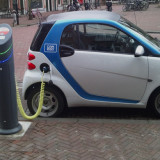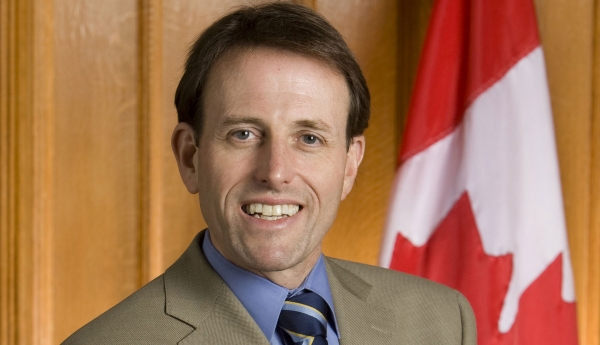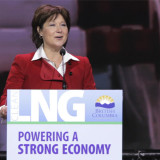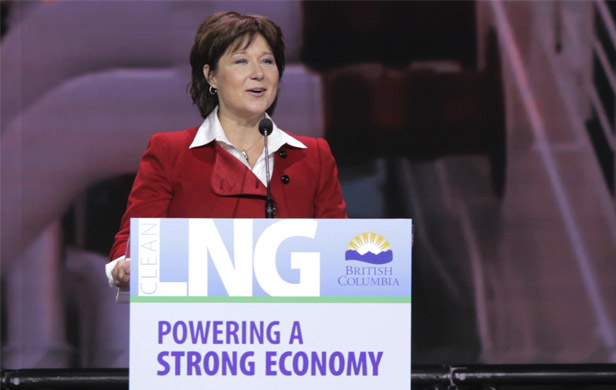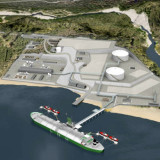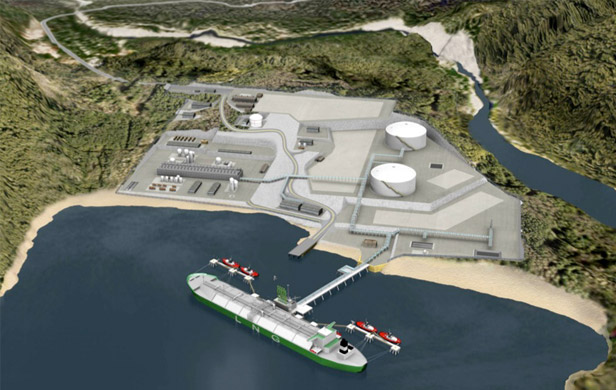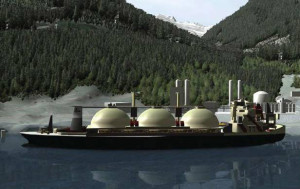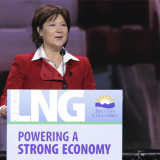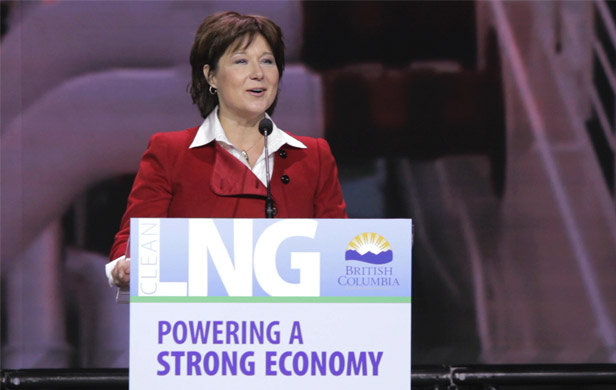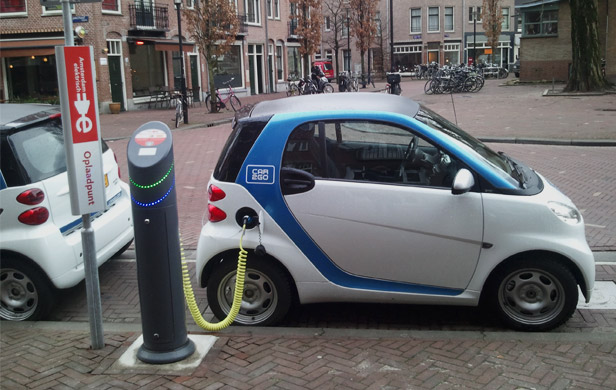
There are those who suggest that a migration to a green economy is too expensive, that we must convert to natural gas as a transition fuel, that the subsidies for clean technologies are driving up the cost of energy, that we need to sell more fossil fuels to finance the transition to clean technologies. What all these views have in common is “denial”. Indeed, these arguments may be referred to as today’s version of the case for The Flat Earth Society.
Clean energy investments offer better long-term economics
For starters, investments in fossil fuels no longer make any long-term sense. The oil companies know the writing is on the wall in light of: 1) the need to shift more emphasis to non-conventional fuels that are more expensive to exploit and refine – such as Canada’s tar sands and offshore oil; and 2) market prices that do not reflect the increases in fossil fuel project costs. On the latter point, market prices are based on speculation more than anything else.
Taken together, the rising cost of fossil fuels, the declining cost of clean technologies and energy storage, the long-term financing associated with major energy projects – typically a 20 to 25 year cycle – plus the introduction of government measures to reduce fossil fuel-related emissions around the globe, indicate that, already, long-term clean energy investments are now cheaper than fossil fuels.
Add to this the fact that fossil fuel sectors represent the most subsidized in the world, to the tune of $1.9 Trillion/year in 2011 dollars, or roughly $110/tonne. If we were to eliminate these fossil fuel subsidies, not only would clean energy be cheaper in the long run, but it would be immediately competitive without any subsidies.
While some will argue that shale gas discoveries have injected new life into the longevity of the fossil fuel sectors, the evidence is accumulating that US shale gas is tied to boom and bust cycles because only the initial extractions of the sweet spot gas are economically sound investments. To this effect, US shale gas stakeholders have already begun writing off billions in investments in the US.
One might also say that the case for a shift away from fossil fuels has been internalized in China and the green shift is gaining momentum in the EU and the US – but not in Canada. Pity!
Going green is uphill battle, but not insurmountable
For the migration to a green economy, the transportation sector may appear to be the most difficult challenge. This is so because this sector is currently nearly 100% dependent on fossil fuels and there are no obvious, immediate, large-scale, practical alternatives for making the switch to clean transportation. But these barriers are more psychological than technological.
Those jurisdictions with the courage to make the right political decisions today can change the paradigm, and some have already begun to do so.
The role of electrical utilities

Electric utilities for the most part have not paid much attention to the new market possibilities associated with the electrification of transport. This is so, despite the advancements in batteries, bi-directional, fast-charging stations that can be networked to use parked electric vehicles as energy storage facilities – plus the arrival of both plug-in hybrids and electric vehicles.
Perhaps the best explanation for why utilities haven’t paid attention is their internal cultural mindset. One would think that electric utilities would be actively investigating new types of markets because the combination energy efficiency, the prevailing economic slow-down, and the emerging trend entailing individuals, corporations and communities getting into the act of producing their own clean energy, all suggest growth in traditional markets may be low or stagnant in the coming years. In effect, without efforts to pursue the possibilities in the transportation sector, these utilities may find themselves faced with higher costs, without the additional revenues to cover them.
UN: Electric vehicles could approach 100% of US sales by 2015
Accordingly, utility investments in clean transportation are logical next steps given: the 1) size of the transportation sector; 2) government initiatives around the globe to reduce dependence on fossil fuels; and 3) the current near total reliance on fossil fuels for transportation. With the latter two considerations in mind, a UN report indicated that electric vehicles could make up close to 100% of US new vehicle sales within the next 15 years.
Utility incentives for electric vehicles could range from discounts for charging stations, vehicle purchase discounts or loan payment arrangements with dealers/manufacturers, and off-peak rates for charging vehicles at night.
In Canada, where many utilities are public, the above incentives could be part of overall provincial government incentive packages to foster a migration towards electric vehicles.
Local and regional infrastructure
As implied by the preceding information, one of the keys to making the shift to electric transportation is that of infrastructure – in particular, large-scale, clean energy smart grids and micro-grids.
Contrary to conventional wisdom, semi-autonomous micro-grids, supplied by local, intermittent clean energy sources (e.g: solar and wind) – backed up by storage systems and linkages to regional utilities – are no more complex a system than our current electrical infrastructure.
US and California’s leadership
In February 2014, the US federal Department of Energy announced $7 million for advancing the design of community-scale micro-grids, with capacities going up to 10 MW. In addition, the DOE is offering$6.5 million in matching grants for the development of integration technologies to accommodate multiple, intermittent renewable energy sources and energy storage in a grid.
[signoff3]
Even bolder than the US federal government, the state of California has adopted the Self-Generation Incentive Program that will provide $415 million over 5 years to install micro-grid components on the customer side of the grid, including wind turbines, waste-heat-to-power technologies and advanced energy storage systems. This program will help meet California’s energy storage mandate, which, among other things, requires that investor-owned utilities add 1.3 GW of energy storage to their respective grids by 2020.
Electric vehicles as extensions micro-grids and energy storage
With the support of electric vehicle bi-directional charging stations, during energy surplus periods, regionally networked, parked electric vehicles that are plugged in would serve as energy storage facilities via their respective batteries. Parked electric vehicles would become extensions of the energy storage network, to be called upon during periods of high electricity demand.
At the micro-level, the combination of 1) a parked electric vehicle in an employer/industrial park parking lot or at one’s home, and 2) a clean energy micro-gird, supplied by local solar rooftop and/or wind power sources, supplemented by the regional utility, would offer several attractive features. These inclue: 1) building-to-vehicle and vehicle-to-building opportunities off the regional grid and 2) possibilities to supply/sell surplus energy to the regional grid, as appropriate. Also, in times of blackouts, the parked vehicles would be sources of stored energy to bridge the loss of power period until the regional source is restored.
Utilities, hydrogen and energy storage
Other types of utility partnerships for storage solutions could include the Canadian hydrogen sector. This involves the electrolysis of water, using clean energy generated from hydro, wind and solar sources, to produce and compress hydrogen – or leave it in a liquid form as long as necessary for later use in fuel cells.
Conversely, the governments and utilities can adopt a wait-and-see attitude regarding competition in the transportation sector from fuel cells and bio-fuels.
Hydrogen vehicles
Germany has already started down the hydrogen vehicle path with a mass program to set up hydrogen fueling stations across the country.
Under the €350 million “H2 Mobility” Initiative – a partnership involving Air Liquide, Daimler, Linde, OMV, Shell and Total – by 2015, Germany will have 50 hydrogen fueling stations around the country, 100 by 2017 and 400 stations by 2023.
This will mean that, in Germany’s metropolitan centres, drivers of fuel cell vehicles will have at least 10 hydrogen refueling stations available, starting in 2023. Integrated into this plan, there will be one hydrogen station for every 90 kilometers of highway between densely populated areas.
At the EU level, the ‘Fuel Cell sand Hydrogen (FCH) Joint Technology Initiative’ (JTI), a partnership between the European Commission and EU industry will invest $1.8B on the development of market-ready fuel cell and hydrogen technologies over the next 10 years.
